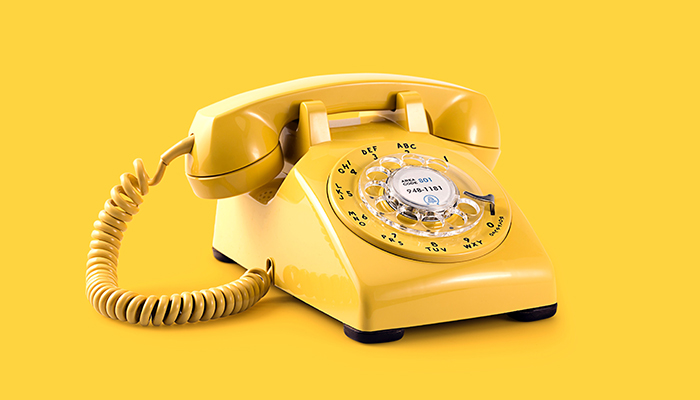
The Commerce Commission has finalised a Code to protect an increasing number of homes without a traditional landline.
The Code supports consumers who can no longer call 111 in a power cut because they have moved to new home phone technologies like fibre and fixed wireless. These technologies need a power supply in the home to work, meaning they will not work in a power cut, without an independent power source.
This Code will also be relevant to the many New Zealander’s likely to be affected by the planned withdrawal of the traditional copper telecommunications network ,that provides traditional phone, ADSL and VDSL broadband, in areas where fibre services are available.
Put simply - an ‘old-fashioned’ analogue telephone on a copper line doesn't need electricity. If it’s plugged straight into your phone line, it works fine through a power-cut. But, a ‘modern’ phone on a Fibre or fixed-wireless internet connection needs to be connected to a modem which requires power to work. If the power goes out, your phone will likely stop working. This can be a problem if there is an emergency during the blackout.
“It’s clear from our consultation that many New Zealanders are unaware that new home phone technologies may not allow them to call 111 in a power cut,” Telecommunications Commissioner Tristan Gilbertson says.
“Our code aims to boost awareness of this issue so that Kiwis can take steps to ensure they’re not caught short in an emergency – such as by getting a battery back-up to maintain power to their home phone or by ensuring they have access to a mobile phone at home.”
The code supports consumers who can no longer call 111 in a power cut because they have moved to new home phone technologies like fibre and fixed wireless. These technologies need a power supply in the home to work, meaning they will not work in a power cut, without an independent power source.
The Code specifically requires providers to take extra steps to ensure that vulnerable consumers, such as those with a known medical condition are able to contact emergency services in a power cut, at no extra cost to the consumer.
“What this means is that home phone customers who don’t have an alternative way to contact 111 in a power cut can apply to their provider if they are at particular risk of needing to call emergency services for health, security or disability reasons.
“If they qualify, their provider will work with them to determine the right product for their particular needs.”
The Code includes protections to ensure providers cannot deny or stop supplying home phone services to customers because they are, or will become, a vulnerable consumer under the Code.
The Code comes into effect in February 2021, though providers have until August 2021 to make the process for extra support available to vulnerable consumers.
If you feel that your provider is not complying with the Code, you can complain to the Telecommunications Disputes Resolution Service (TDRS), which provides independent resolution of consumer disputes with telecommunications providers.
Don’t have (or want) a landline phone? Around 46% of homes have already ditched landline phones, relying on their mobile instead. Why not bundled your broadband and mobile? You may save money compared to paying for both services separately, and you’ll have access to your mobile phone in the event of a power blackout.